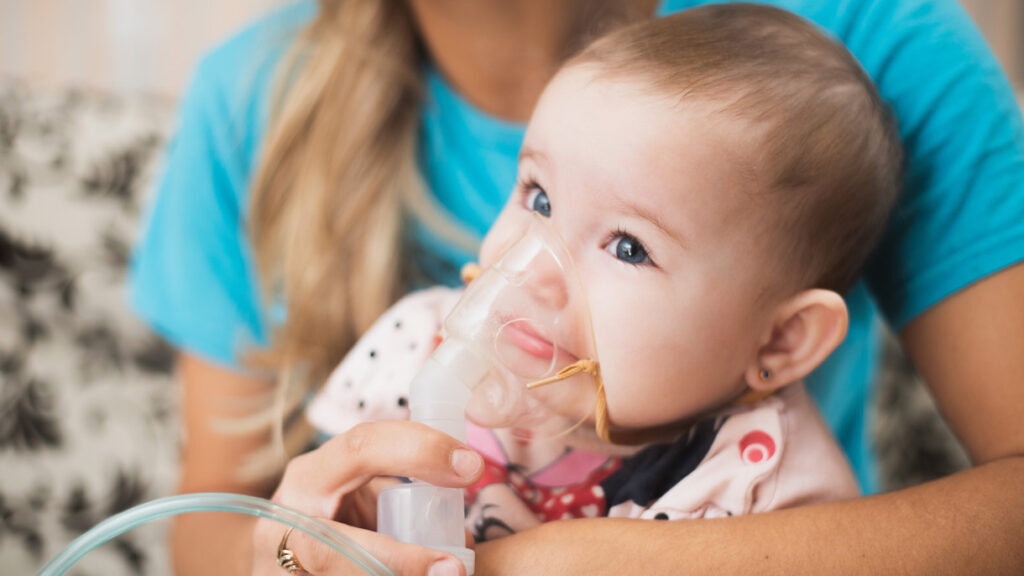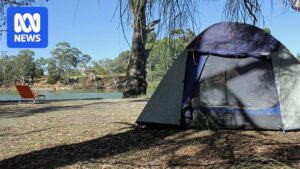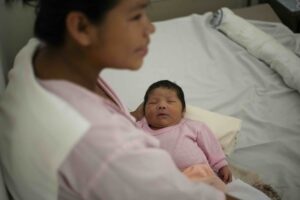
PROVIDENCE, R.I. — Providing continuous access to respiratory syncytial virus (RSV) immunization could significantly reduce the risk of large seasonal outbreaks across the United States, according to a new study from Brown University. Published in Science Advances, the research highlights how year-round vaccination could benefit both urban and rural areas by minimizing the spread of the virus.
The study examined how viral transmission varies with population density, revealing that urban areas experience more prolonged, lower-intensity RSV outbreaks due to higher rates of interpersonal contact. Conversely, rural areas face shorter, more intense outbreaks. These findings led researchers to develop mathematical models demonstrating that year-round RSV immunization could mitigate these seasonal spikes, regardless of population density.
Understanding RSV Transmission Dynamics
Rachel Baker, an assistant professor of epidemiology and environment and society at Brown, emphasized the importance of considering various factors in understanding infectious disease outbreaks. “There’s what happens within a country, and then what happens within a state, and what happens within a city,” Baker explained. “It’s important to examine all of those situations and the involved factors to really understand what’s happening in terms of the outbreaks that we observe so that we can develop effective protections.”
RSV is a leading cause of lower respiratory tract infections in infants, responsible for approximately 80,000 hospitalizations annually in the U.S. for children under age five. Recent years have seen the introduction of an RSV vaccine for pregnant women and an antibody infusion for infants, typically offered on a seasonal basis. The study’s findings could inform national immunization strategies by highlighting the benefits of year-round vaccine availability.
Comparing Urban and Rural Outbreak Patterns
Baker’s previous research has shown that RSV outbreak patterns vary significantly across different regions. In northern U.S. states, large biennial epidemic peaks occur every two years, while southern regions and the tropics experience annual or year-round outbreaks. The new study builds on this work by analyzing hospital records to understand how population density affects virus spread among young children.
“We saw a higher proportion of infants under the age of one going to the hospital in urban areas compared to rural areas,” Baker noted. “The urban environment seems to be amplifying the risk because kids there are more likely to get their first infection at an age when their respiratory system is less developed.”
“The hypothesis for why flu is more persistent year-round in urban environments is because people consistently have more contact with one another – in crowds, on public transportation, in communal spaces,” Baker said. “But very young children aren’t out socializing and mixing in the same way as adults.”
However, urban families are more likely to use daycare facilities, which brings many young children into contact with one another, providing ample opportunities for viral transmission.
Immunization Timing and RSV Outbreaks
With these urban-rural differences in mind, researchers led by Presley Kimball, a Ph.D. candidate in applied mathematics at Brown, modeled how RSV outbreak dynamics could change under seasonal versus year-round immunization schedules. They discovered that while increased vaccine coverage generally reduces RSV hospitalizations, a seasonal approach might inadvertently raise the risk of summertime outbreaks.
“A phased vaccine can lead to a net reduction in hospitalizations, which is a good thing, but we predict that we could also see infection rates creep up when those vaccine protections are not in place,” Baker said.
Baker emphasized that RSV timing varies widely across the United States, making it impractical to adhere to a fixed vaccination season. “To fully minimize the risk of a large seasonal outbreak, our results suggest that access to RSV immunizations be provided year-round,” she stated. “It seems from our analysis that it would be more risk-averse to offer the RSV vaccine at any time of the year to women who are within the recommended gestational window, and to young children in the appropriate age group, in any location.”
The study was funded by the National Institute of General Medical Sciences and the National Science Foundation, reflecting the growing interest in optimizing vaccination strategies to prevent infectious disease outbreaks.
The implications of these findings could lead to significant changes in how RSV vaccinations are administered, potentially transforming public health strategies to better protect vulnerable populations, especially infants, from severe respiratory infections.





